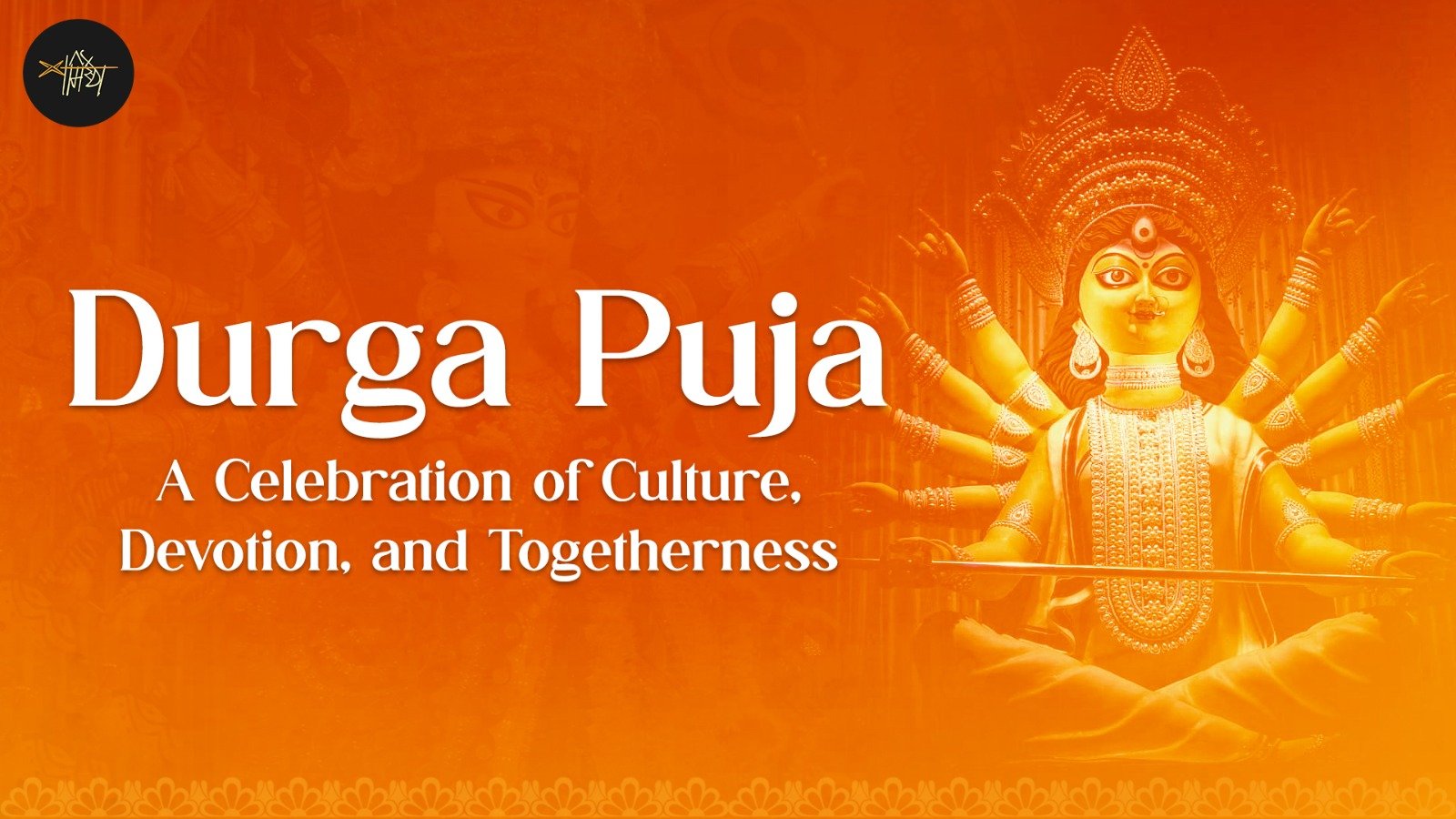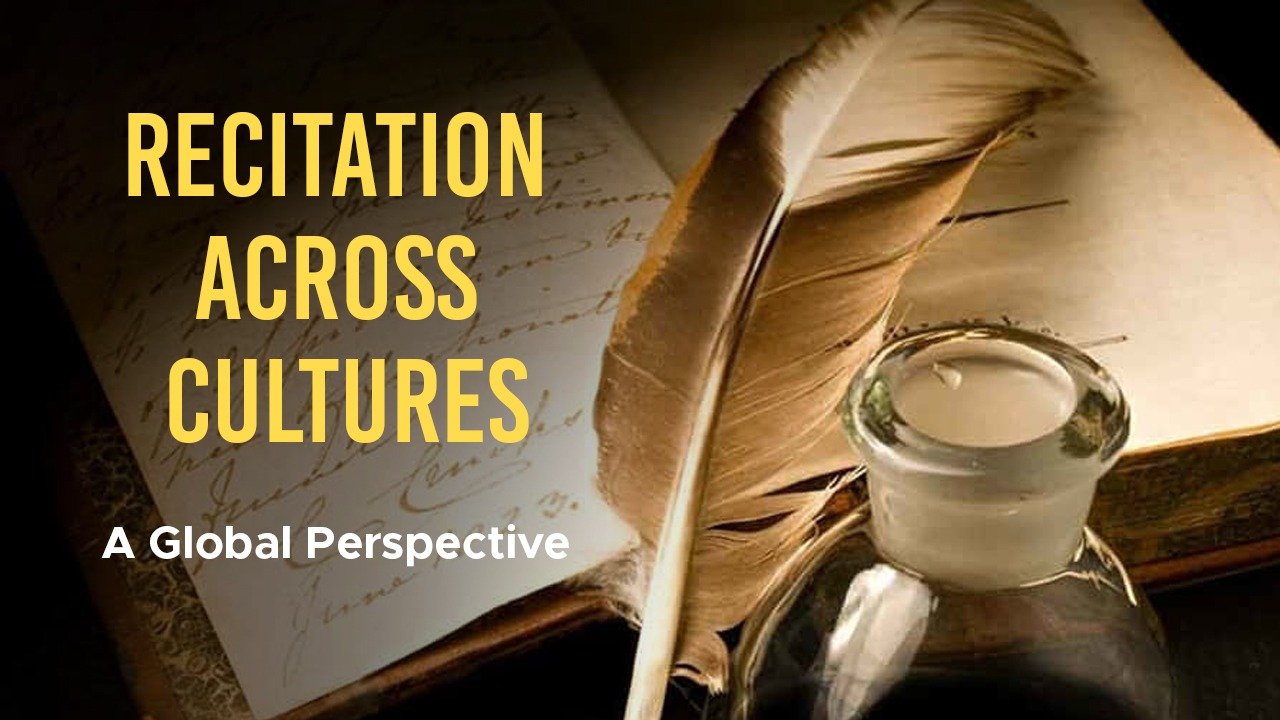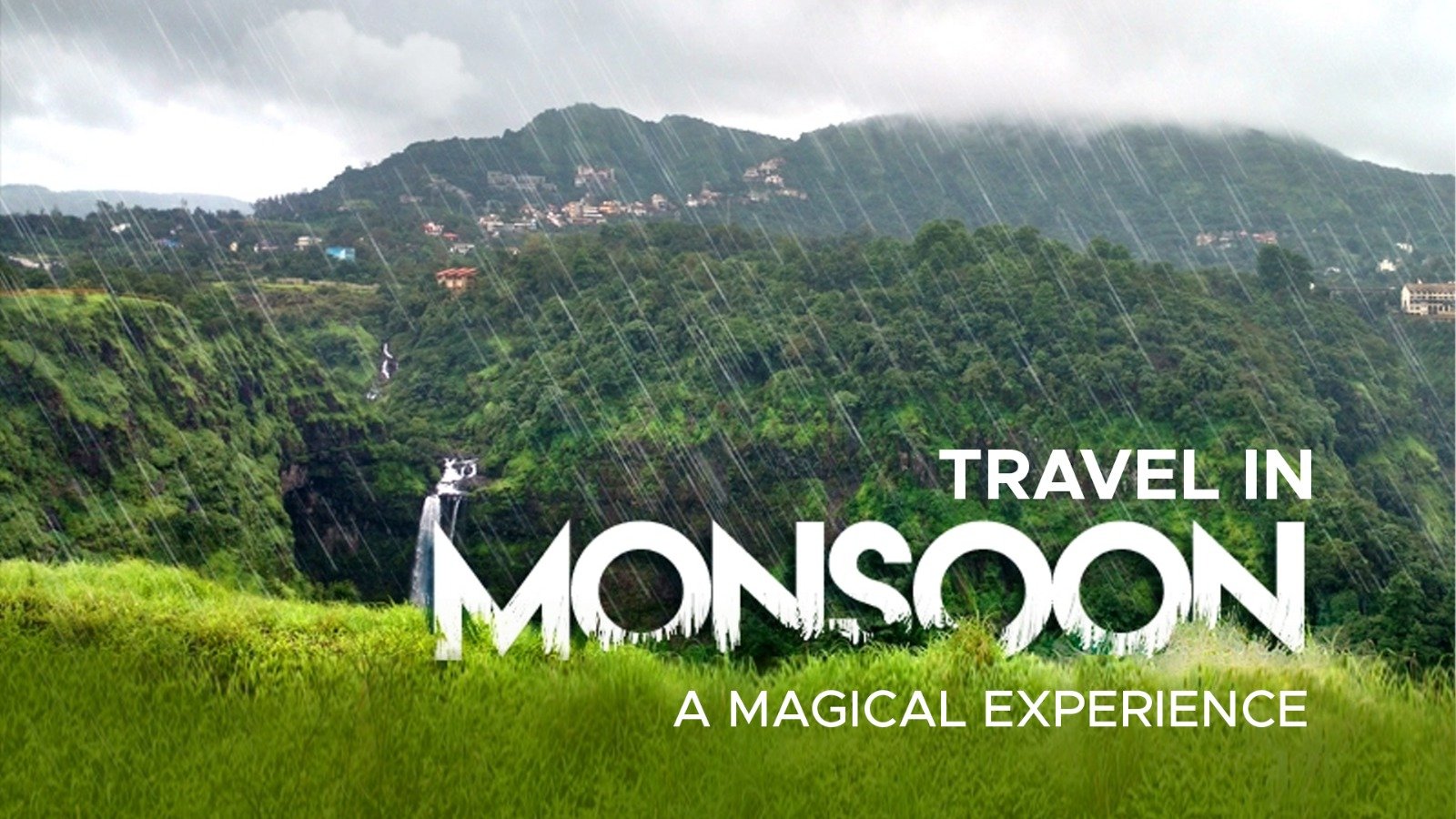The origin of Rangoli can be traced back to ancient India, where it was created by women to decorate their homes during festive occasions. The earliest form of Rangoli was created using rice flour, which was mixed with water to form a paste that was used to make patterns on the floor. Over time, the art form evolved, and new materials like coloured sand, flowers, and other natural substances were used to create more intricate designs. Rangoli is mentioned in ancient Indian scriptures like the Ramayana and the Mahabharata. In the Ramayana, it is said that Sita created a Rangoli using coloured powder to welcome Lord Rama back to Ayodhya after his 14-year exile. In the Mahabharata, it is said that Draupadi created a Rangoli using flowers to please Lord Krishna. Ever since the Bengal Renaissance that had passed over Bengal in the 19th century, Bengal has remained in special focus of orientalists and cultural historians for its rich cultural heritage. This heritage gets best reflected in the festive occasions, which may be called the ways by which the people live. So, the term ‘culture’, in the anthropological sense, meaning ways of life, is perhaps nowhere clearer than in Bengali life. Alpona looks white in its appearance as it is worked out with the paste of rice powder. But now-a-days it is drawn with acrylic, paste of chalks and several other white coloured drawing mediums. Thus it is possible and indeed being experimented using several colours in alpona. It is gradually coming up to prominence and being raised to a real decorating design. Unlike in the past, it is now not only a craft for decorating the floor and wall; it is now being used to decorate several showpieces to attract the eyes of the viewers. These alponas can be drawn out in earthen planters, earthen plates as wall show pieces, pots, brass plates for table decorations, wall hangings, wooden platforms and of course for floor decorations. Alpona itself can much more be beautified with placing flowers, diyas, candles, and other beautifying objects on it which creates a more rejuvenating and auspicious atmosphere wherever it is made out. Types Of Rangoli Rangoli can be broadly classified into two types – traditional and coTraditional Rangoli is created using materials like rice flour, turmeric, vermillion, and flowers. The patterns are usually freehand, and the designs are inspired by religious and cultural symbols. Traditional Rangoli can be further classified into three types: ● Freehand Rangoli: Freehand Rangoli is created using bare hands and is usually done by experienced artists. The designs are usually intricate and involve a lot of detail. ● Geometric Rangoli: Geometric Rangoli involves using shapes like circles, triangles, and squares to create patterns. The designs are usually symmetrical and can be done by beginners. ● Religious Rangoli: Religious Rangoli involves creating patterns that are inspired by Hindu gods and goddesses. The designs are usually intricate and involve a lot of detail. Contemporary Rangoli is created using materials like coloured powder, sand, stones, and glitter. The patterns are usually created using stencils and are inspired by modern art. Contemporary Rangoli can be further classified into three types: ● Stencil Rangoli: Stencil Rangoli involves using pre-designed stencils to create patterns. The designs are usually simple and can be done by beginners. ● Colored Sand Rangoli: Colored Sand Rangoli involves using coloured sand to create patterns. The designs are usually bright and colourful and can be done by beginners. ● 3D Rangoli: 3D Rangoli involves using materials like stones and glitter to create a three-dimensional effect. The designs are usually complex and can be done by experienced artists. Traditional Materials ● Rice flour: Rice flour is the most common material used in traditional Rangoli. It is mixed with water to form a paste that is used to create patterns on the floor. Turmeric, vermillion, and other natural substances: Turmeric and vermillion are used to add colour to the rice flour paste. Other natural substances like flowers, petals, and leaves are also used to enhance the beauty of the Rangoli. Contemporary Materials ● Coloured powder: Coloured powder is used to create bright and colourful patterns in contemporary Rangoli. It is available in a variety of colours and can be easily spread on the floor. ● Coloured sand: Coloured sand is used to create intricate patterns in contemporary Rangoli. It is available in a variety of colours and can be easily spread on the floor. ● Stones and glitter: Stones and glitter are used to add a three-dimensional effect to contemporary Rangoli. They are usually used in 3D Rangoli and can be arranged to create beautiful patterns. Techniques Used In Rangoli The techniques used in Rangoli vary depending on the type of Rangoli being created. Traditional Rangoli is usually created freehand, while contemporary Rangoli is created using stencils and other tools. Traditional Techniques ● Freehand: Freehand is the most common technique used in traditional Rangoli. It involves creating patterns on the floor using bare hands and a rice flour paste. ● Stencil: Stencil is also used in traditional Rangoli. Pre-designed stencils are used to create patterns on the floor. Contemporary Techniques ● Stencil: Stencil is the most common technique used in contemporary Rangoli. Pre-designed stencils are used to create patterns on the floor. ● Freehand: Freehand is also used in contemporary Rangoli, but it is not as common as stencil. Experienced artists use their hands to create patterns on the floor. Regional Variations Of Rangoli Rangoli is a popular art form in different regions of India, and each region has its unique style and technique. ● Kolam: Kolam is a form of Rangoli that is popular in South India. It is usually created using rice flour and is characterised by its simple geometric designs. ● Alpana: Alpana is a form of Rangoli that is popular in West Bengal. It is usually created using rice flour and is characterised by its intricate designs. ● Mandana: Mandana is a form of Rangoli that is popular in Rajasthan. It is usually created using rice flour and is characterised by its vibrant colours and intricate designs. ● Chowkpurana: Chowkpurana is a form of Rangoli that is popular in Uttar Pradesh. It is usually created using coloured sand and is characterised by its symmetrical designs. Significance Of Rangoli In Festivals Rangoli is an integral part of Indian festivals, and it is believed to bring good luck, positivity, and prosperity. Rangoli is usually created during festivals like Diwali, Holi, and Navratri. ● Diwali: Diwali is the festival of lights, and Rangoli is created to welcome Goddess Lakshmi, the goddess of wealth and prosperity. ● Holi: Holi is the festival of colours, and Rangoli is created to celebrate the arrival of spring and the triumph of good over evil. ● Navratri: Navratri is the festival of nine nights, and Rangoli is created to celebrate the victory of Goddess Durga over the demon Mahishasura.
Rangoli
Sarmistha Ray
||
Post On > Nov 14 2023 ||


The Best Places to Visit in West Bengal During Autumn-Winter Transition
2025-10-08 10:55:53

Durga Puja: A Celebration of Culture, Devotion, and Togetherness
2025-08-28 14:45:06

Recitation Was Once Considered a Competitive Sport in Ancient Greece
2025-08-13 13:11:14

Recitation Across Cultures: A Global Perspective
2025-08-06 14:50:44

The Power of the Spoken Word: Techniques and Traditions in Recitation
2025-07-30 13:51:52

Travel in Monsoon: A Magical Experience
2025-07-02 15:03:12